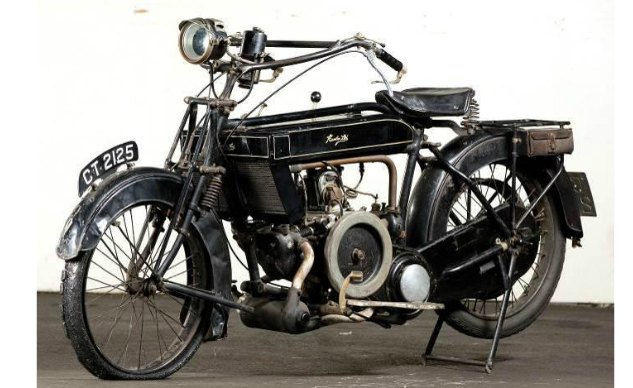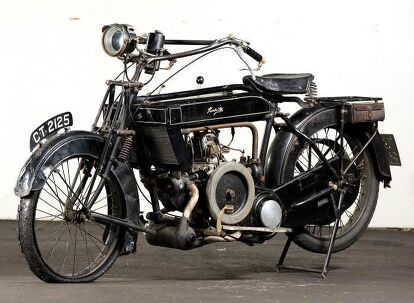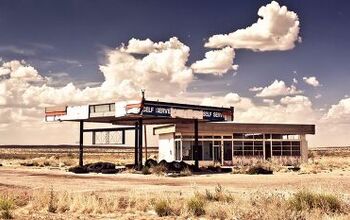Retrospective: 1922 Humber Cycle
Humming along on a Humber
This original, unrestored 1922 Humber is a bit crusty and, because of its looks of plumbing run amuck, might elicit a chuckle or two, but it’s much sought after across the Pond in Merry Ol’ England. Back in 1922, this stovepipe-black Humber was “the bee’s knees” and considered way ahead of its time.
Prior to launching its motorcycles, the pioneering Coventry-based Humber Ltd. company was famous for its bicycles, its De Dion-engined 3-wheelers, and even early airplanes as well as its popular automobiles. In 1913, Humber was the second largest manufacturer of cars in the UK.
In 1896, its founder Thomas Humber was also credited with producing England’s first practical motorcycle. With continued development, by 1911, a 340cc Humber V-Twin won the famous Isle of Man Junior TT. Later machines, as seen here, featured horizontally opposed side-valve Twins in a variety of displacements.
Uncommon for its time, the Humber’s 600cc, 4.5-hp flat-Twin used liquid rather than air to cool its longitudinally placed cylinders. Its radiator was placed up high behind the frame’s front downtube. The Humber Cycle gained a reputation as a high-quality machine and fetched an equally high price when introduced in 1919. Its owners were rewarded with a machine of “reliability and grace” as well as a then-shattering 70 mph top speed.
A quote from the Sept. 14, 1922 issue of The MotorCycle magazine stated: “Outstanding features of the Humber are silence of engine operation, accessibility and smooth running.”
But, like so many motorcycle companies of this era, the advance of the automobile pushed the Humber cycle to the sidelines, as the Humber cars took precedence. The last of the company’s motorcycles rolled out in 1930.
More by Paul Garson
















































Comments
Join the conversation
That's the coolest two wheeled mess I've ever seen.
Awesome piece of history. I've never seen one of these even in pictures. I hope the owner at least puts a front tire on it that holds air, although I respect the originality. What a bike!